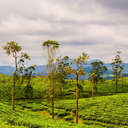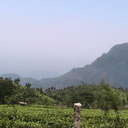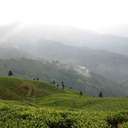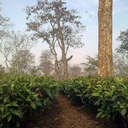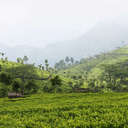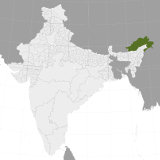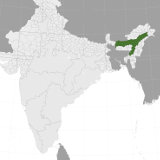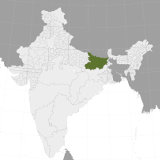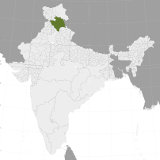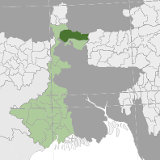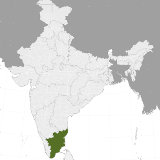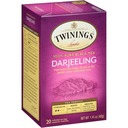India
Wikipedia: India | Official Government Website: india.gov.inUpdated: Mar. 17, 2014
Table of contents:
About India | Tea-Producing Regions of India | Styles of Tea Produced in India | Best (Top-Rated) Indian Teas
About India | Tea-Producing Regions of India | Styles of Tea Produced in India | Best (Top-Rated) Indian Teas
About India
Clickable map of India; regions producing tea are highlighted in green. This map is derived from the India Districts Map on Wikimedia Commons by Superbenjamin, and is licensed under CC BY-SA 4.0.
India is one of the most important tea-producing countries, and also the second-largest country by population. The tea plant is indigenous to eastern and northern India, and tea may have been produced and consumed in India for thousands of years in small quantities, probably for medicinal purposes, but the widespread cultivation of tea in India did not begin until the British introduced it from China.Currently, India, together with China, is one of the two largest producers and consumers of tea. Most of the tea produced in India is consumed in India, although India does export substantial amounts of both mass-produced bulk tea and high-quality specialty or artisan tea.
Types of tea produced in India
Historically, India produced only black tea. In recent years, however, there has been a growth of green, white, and even oolong Indian teas, although the vast majority of tea and styles of tea produced in India are still black teas. The most famous tea-producing regions of India are Darjeeling and Assam, although Nilgiri and Sikkim also produce notable teas, and teas are grown in many other regions as well. Darjeeling has diversified into green, oolong, and white teas more than any other region of India. Average annual rainfall across India, by Planemad, licensed under CC BY-SA 3.0. Tea is only able to be grown in the wetter (darker blue) regions.
Average annual rainfall across India, by Planemad, licensed under CC BY-SA 3.0. Tea is only able to be grown in the wetter (darker blue) regions.India's geography and climate and its influence on tea production
India has a diverse climate, ranging from tropical to subtropical. The South Asian monsoon produces a strong seasonality of precipitation, with dry winters and wet summers. Precipitation also varies regionally and by altitude.The tea plant has high moisture requirements, and only the wetter parts of India are suitable for growing tea. These include the Western Ghats, which catch moisture coming off the Indian ocean, and Northeast India, which has across-the-board higher precipitation even in lowland areas. A small region in far north India, following the foothills of the Himalayas, also has higher rainfall and produces a small amount of tea.
Tea production in north and northeast India
Most of the best-known tea-growing regions of India are located in the northeastern corner of India, near the foothills of the Himalayan mountains, and near the borders with Bangladesh and Nepal. These regions include Darjeeling and Assam, as well as lesser-known regions including Arunachal Pradesh, Bihar, Jalpaiguri, and Sikkim. Although a band of similar climate extends west and north along the length of the Himalayas, almost the whole way to the border with Pakistan, there are only small, isolated tea gardens in the far northern areas, such as Himachal Pradesh.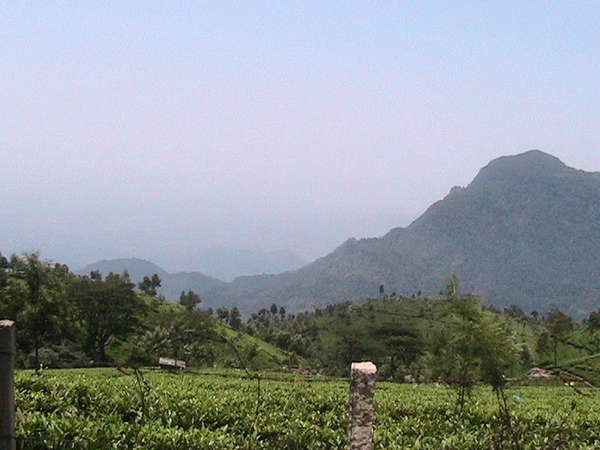 Tea gardens near Ooty, Tamil Nadu, India. Public domain photo by Chaitanya Lala.
Tea gardens near Ooty, Tamil Nadu, India. Public domain photo by Chaitanya Lala.Tea production in south India
South India has some important tea-growing regions as well, along the mountain range that runs north-south along the west coast of south India. The region in South India best-known for tea is Nilgiri, and Kerala also produces tea. As one travels east along the Deccan Plateau, rainfall quickly falls off, leaving only a narrow band along the western edge of the country where tea is grown.Tea-Producing Regions of India
Styles of Tea Produced in India
This is a selection, not an exhaustive listing, of the styles of tea most commonly produced in India.
Best Indian Teas
The notion of the "best" Indian teas is subjective, because different people have different tastes. We present the most often-rated and highest-rated teas produced in India, and allow you to draw your own conclusions.
Most Often-Rated Teas
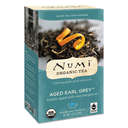
Aged Earl Grey™ - Bergamot Black
| Brand: | Numi Organic Tea |
| Style: | Earl Grey Tea |
| Caffeine: | Caffeinated |
| Leaf: | Teabag |
60
11 Ratings
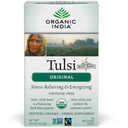
Original Tulsi Tea
| Brand: | Organic India |
| Style: | Tulsi / Holy Basil |
| Caffeine: | Caffeine Free |
| Leaf: | Teabag |
43
10 Ratings

Mtn High Chai
| Brand: | Two Leaves and a Bud |
| Style: | Chai / Spiced Tea |
| Caffeine: | Caffeinated |
| Leaf: | Sachet |
33
10 Ratings
Top-Rated Indian Teas
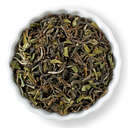
Darjeeling de Triomphe Black Tea
| Brand: | Teavana |
| Style: | Darjeeling First Flush |
| Caffeine: | Caffeinated |
| Leaf: | Loose |
90
3 Ratings
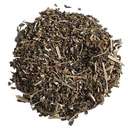
Holy Basil Purple Leaf
| Brand: | Upton Tea Imports |
| Style: | Tulsi / Holy Basil |
| Caffeine: | Caffeine Free |
| Leaf: | Loose |
84
6 Ratings
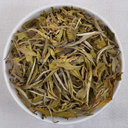
Avaata Supreme Nilgiri Green Tea First Flush (Organic)
| Brand: | Golden Tips |
| Style: | Green Tea |
| Caffeine: | Caffeinated |
| Leaf: | Loose |
84
4 Ratings
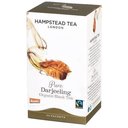
Darjeeling (Sachets)
| Brand: | Hampstead Tea |
| Style: | Darjeeling Black Tea |
| Caffeine: | Caffeinated |
| Leaf: | Teabag |
83
5 Ratings



